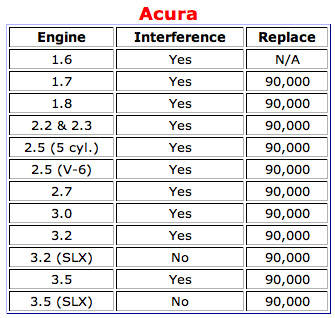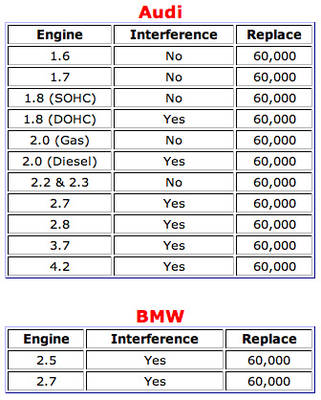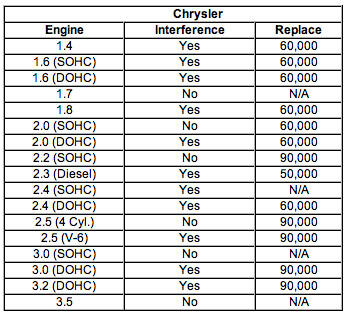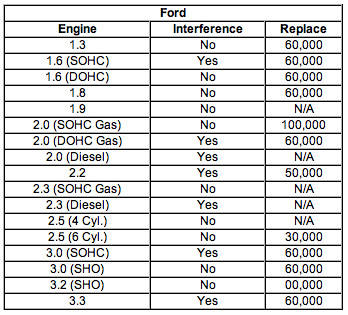Expensive damage can be caused to your engine: Many timing belt engines are “interference motors”, which simply means that the valves would hit the pistons if not kept in proper timing. This is not a problem under normal operating conditions but if the timing belt were to break or jump off the gears, the valves of one or more cylinders would strike the pistons and cause severe and costly damage.
If your car has more than the recommended mileage on the timing belt, you may be operating your car on borrowed time and the cost of replacing the belt is MUCH cheaper than having to rebuild or replace the engine because of damage caused by a snapped/worn timing belt.
Parts can be hard to find to repair damage caused by a failed timing belt: It’s obvious that timing belt replacement as a preventive maintenance measure is often ignored. This is so prevalent, in fact, that many car manufacturers and engine parts manufacturers don’t stock major engine components for timing-belt engines after the required 5-7 years because there will be only a handful of these cars still on the road. It can be quite difficult to find crankshafts, pistons, connecting rods, camshafts and the like for these older engines due to the economic infeasibility for the manufacturers to continue producing these parts for the few cars that they estimate will still be on the road.
In fact, many car manufacturers don’t expect timing-belt driven engines to last through more than two timing belts or approximately 120,000-150,000 miles and, moreover, they actually expect many to be taken out of service with the original belt still installed. Sadly, there are hundreds of thousands of 85,000-90,000 mile timing belt cars in junkyards because the timing belt was never replaced. What a waste when these cars could still be enjoying a useful life had the owner just paid attention to the recommended mileage replacement intervals for the timing belt.





